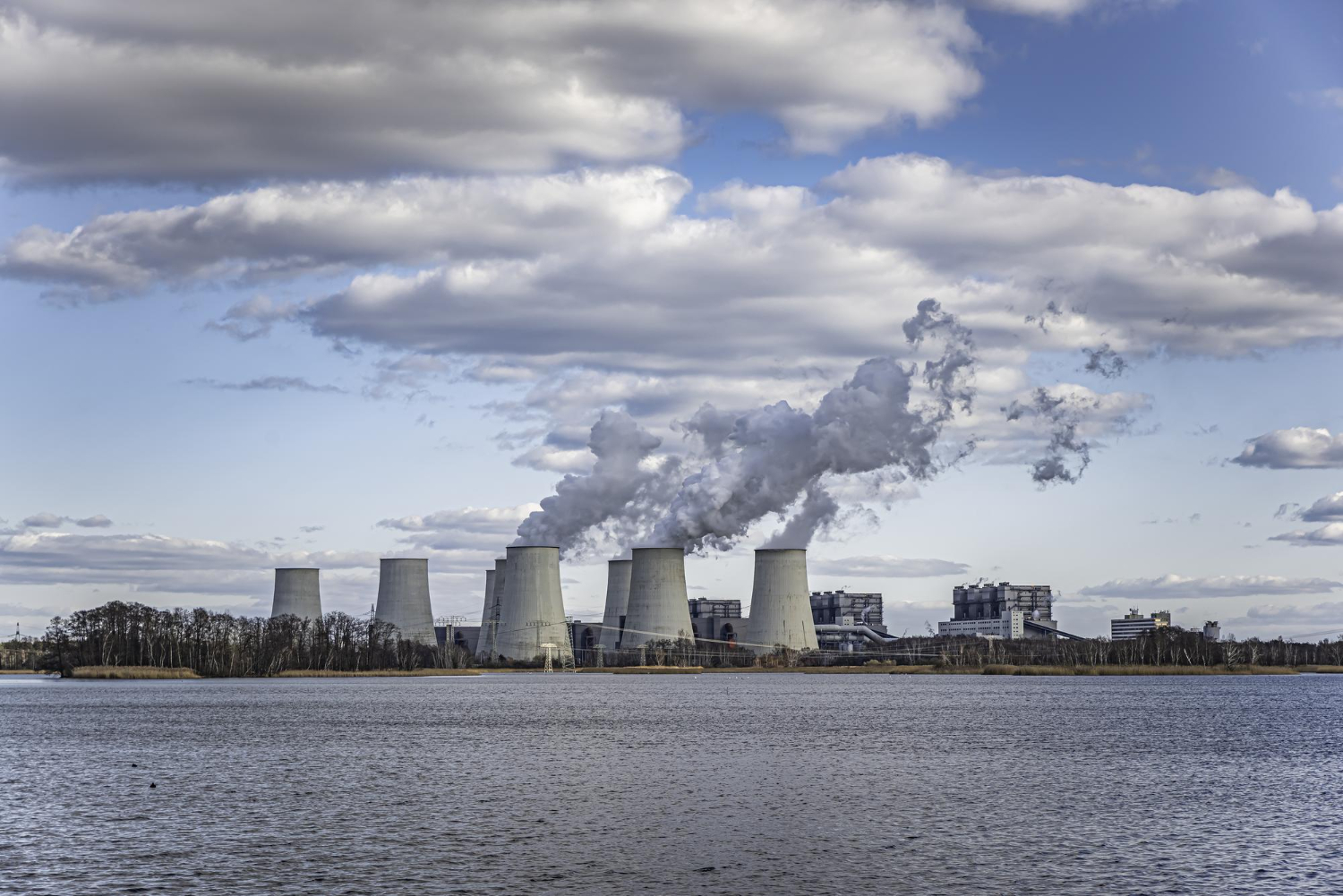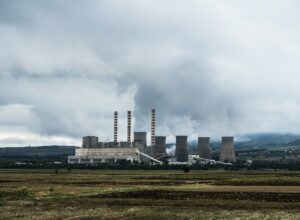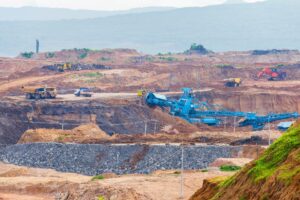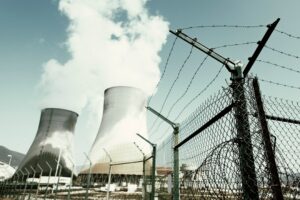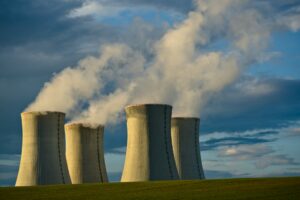As the global demand for clean, sustainable energy continues to soar, the nuclear industry strives to evolve and adapt, presenting innovative solutions to address the challenges of the contemporary energy landscape. Among the emerging technologies making waves in the field, Small Modular Reactors (SMRs) have captured the attention of researchers, industry experts, and policymakers alike, thanks to their unique characteristics and the potential they hold in redefining the very idea of nuclear power generation.
As the founder and Executive Chairman of enCore Uranium, William Sheriff plays a vital role in shaping the future of the nuclear energy industry by championing technologies such as SMRs and ensuring a secure and sustainable domestic uranium supply to fuel this emerging revolution.
In this informative and engaging article, we will explore the fascinating realm of Small Modular Reactors, delving into their innovative design principles, the benefits they offer in terms of safety, scalability, and flexibility, and the critical challenges they aim to address in meeting the growing demand for clean energy.
Furthermore, we will discuss the broader implications of SMRs in the uranium mining industry, examining how leaders like William Sheriff and enCore Uranium can leverage their strengths and expertise to support the adoption and commercialization of these pathbreaking reactor designs.
With the guidance and insights of industry visionaries like William Sheriff and enCore Uranium, we unravel the layers of this multifaceted subject, serving as a comprehensive guide to understanding the role of SMRs in the ever-evolving global pursuit of a sustainable, low-carbon energy future.
Understanding Small Modular Reactors: Design Principles and Advantages
Small Modular Reactors (SMRs) represent a new generation of nuclear power plants, designed with a focus on modularity, scalability, and enhanced safety. SMRs are characterized by their relatively smaller size compared to traditional reactors and the innovative design principles they employ:
- Modularity: SMRs are designed to be constructed and assembled in modular components, allowing for greater flexibility in reactor construction, reduced costs, and shorter construction timelines.
- Scalability: The relatively small size of SMRs allows for customization based on capacity requirements, with the option to add or remove reactor units according to specific needs, enabling scalability and adaptability to a wide range of energy demands.
- Passive Safety Features: SMRs incorporate advanced passive safety systems, reducing reliance on active components, thereby enhancing safety and minimizing the potential for accidents or failures.
- Load-Following Capabilities: SMRs offer the advantage of load-following capabilities, allowing them to adapt to changes in electricity demand, complementing the intermittent nature of other renewable energy sources such as solar and wind power.
The Role of SMRs in Transforming the Nuclear Energy Landscape
SMRs can potentially revolutionize the nuclear power industry by addressing several critical challenges and extending the range of possible applications for nuclear energy technology:
- Decarbonizing Remote and Isolated Communities: SMRs are ideally suited for providing low-carbon baseload power to remote and isolated regions, due to their smaller size, easier installation, and lower infrastructure requirements compared to traditional nuclear power plants.
- Industrial Applications: In addition to electricity generation, SMRs can provide clean energy for various industrial applications, such as hydrogen production, desalination, and process heat generation.
- Flexible Adoption and Deployment: The modular nature of SMRs enables more flexible deployment strategies, opening up opportunities for countries and regions where large-scale nuclear power plants may not be feasible.
- Modernizing Aging Energy Infrastructures: With many existing nuclear power plants nearing the end of their operational lifetimes, SMRs offer a viable alternative for replacing aging reactors while maintaining or enhancing safety standards.
SMR Adoption and the Growing Need for Uranium Production
As the global interest in adopting SMR technology grows, so does the need for a secure and sustainable supply of nuclear fuel, such as uranium:
- Increased Demand for Uranium: The deployment of SMRs would naturally lead to an increased demand for uranium to fuel these reactors, thus highlighting the importance of responsible and sustainable uranium production.
- Role of Domestic Uranium Production: A secure domestic uranium supply chain, backed by industry leaders like William Sheriff and enCore Uranium, is crucial for supporting the burgeoning SMR industry in the United States, ensuring energy independence and resilience.
- Sustainable and Environmentally Responsible Mining Practices: Companies such as enCore Uranium, under the leadership of William Sheriff, are committed to implementing sustainable and environmentally responsible mining practices, particularly in their focus on In-Situ Recovery (ISR) technology—an approach critical for meeting the uranium demand generated by a growing SMR fleet.
Challenges and Considerations for SMR Deployment
Despite their immense potential, SMRs also face several challenges that need to be addressed before they can be successfully adopted on a larger scale:
- Licensing and Regulatory Hurdles: As novel reactor designs, SMRs require new licensing and regulatory processes to be established, adapting to their unique characteristics, safety features, and construction methodologies.
- Cost Competitiveness: Ensuring the cost competitiveness of SMR-generated electricity is crucial for their widespread adoption, which will depend on factors such as innovative financing mechanisms, cost reductions through economies of scale, and streamlined construction processes.
- Public Perception and Acceptance: As with any nuclear technology, fostering a positive public perception and acceptance of SMRs is essential for their successful deployment, requiring effective communication, transparency, and trust-building measures.
- Global Collaboration and Investments: SMR development and promotion requires cooperation and collaboration amongst industry, governments, and international organizations, facilitating knowledge sharing, regulatory harmonization, and investment in research and development.
Conclusion
Small Modular Reactors have the potential to transform the nuclear energy sector dramatically, offering new possibilities for clean and sustainable electricity generation, industrial applications, and reliable energy provision to remote communities. However, the successful adoption and implementation of SMR technology hinges upon overcoming various challenges, as well as fostering and sustaining the growth of the uranium production industry.
Join the revolution in the nuclear energy landscape with enCore Uranium and visionary leaders like William Sheriff. Our commitment to responsible uranium mining practices ensures a stable and secure domestic uranium supply to fuel the next generation of nuclear power plants, including Small Modular Reactors. As we navigate the challenges ahead, we stand at the forefront of a cleaner, more sustainable, and increasingly accessible clean energy future for all. Contact us today to learn more.
